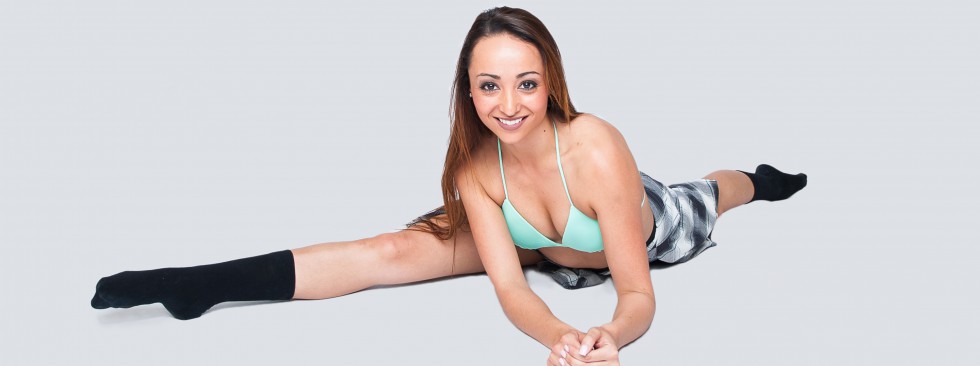For a dancer anywhere in the world, there are certain places and opportunities that come along in your career that may sound like a dream come true, only to find out there is little or no compensation. It is dramatically important to ask the choreographer or director contacting you about the compensation before committing to a project. Not balancing your dancers happiness to work with you will lead to resentment, and them feeling like their time is not respected.
Fair or not, most dancers, like many other artists will inevitable work for free or very little pay in their careers. When you are first starting out, an unpaid apprenticeship or placement in a company with a distinguished choreographer can give you valuable experience and knowledge that could lead you to other jobs; projects with friends that can offer a rehearsal cup of coffee could lead you to creative fulfillment; a voluntary gig at a well-known venue could enhance your resume. All of these are still great gains to your career, the key word to keep in mind is balance, because we all still have bills to pay at the end of the day.
All of the Chace Dance Company dancers have other work outlets where they receive their main income, usually through teaching or managing their own dance studios. This gives all of them a window of a regular salary, and still an oppertunity to be creatively challenged through company rehearsals. Since this company is still so young and in its planting phase, CDC offers a rotating rehearsal stipend between dancers, a long with endorsements of clothing from TamTam Dancewear, and free classes and workshops. “South Africa is a country with so many more important issues to deal with, there is just no funding available for arts.. Or they invest it in youth dance programs, but where do these dancers go for work there after? Leading company’s to fend for themselves.” It is extremely hard to survive as a dance company in a third world country. Dancers have to work all day every day just to make enough money to survive, and we can’t help but love what we do and only want to do it more. It’s hard to find people with that obsession and passion for their craft, and all dancers have that intanse drive in them.
Having a side job whether it is teaching, waitressing, or secretary work, gives dancers the chance to work on projects and come together as artists. But always make sure when doing so, that the project benefits you as a dancer and a person in some other amazing way as mentioned above. You end up building such great relationships when working together in a creative environment.
If you are interested in becoming a company donor to help keep our talented dance company alive in South Africa. Please see our donations tab on the website on how you can donate. Or simply contact the artist director at TamraLChace@gmail.com







